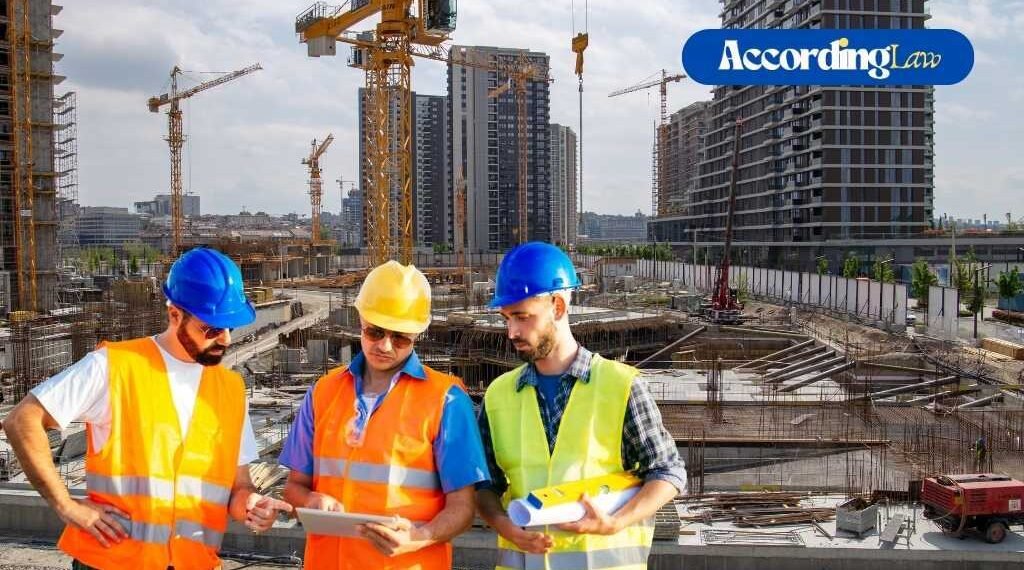In an enterprise marked with the aid of innovation and evolution, production estimation remains a cornerstone of a hit task shipping. As the construction area continues to embody digitization, sustainability, and global collaboration, the position of the Construction Estimator is undergoing a considerable transformation. Estimators are not simply accountable for crunching numbers; they are becoming strategic individuals in venture planning, risk management, and economic forecasting. With moving expectancies and new technologies redefining how field tests are performed, the destiny of production estimation looks more dynamic than ever.
Table of Contents
Technology Is Redefining Traditional Estimating
Technology remains a driving force in reshaping creation estimation. Digital tools, which comprise cloud-based estimating software, building information modeling (BIM), and AI-powered systems have simplified the estimation process, thereby lowering human error and raising efficiency. These instruments give estimators real-time information, accurate cost breakdowns, and cooperative powers that help them to work closely with task managers, engineers, and architects.
Moreover, automation allows for quicker turnaround times, allowing stakeholders to make informed choices quickly. As synthetic intelligence and machine learning grow to be more common in the industry, estimators can now expect costs to increase as they have in the past by reading historical statistics and market trends. This shift permits professionals to focus on value-added sports, consisting of threat mitigation and strategic procurement plans.
Adapting to a Sustainable Construction Model
The global push towards sustainability has had a profound impact on creation practices, and estimation is no exception. Estimators are increasingly required for elements in environmentally accountable substances, energy-green technology, and inexperienced construction certifications, together with LEED or BREEAM. These necessities add complexity to traditional estimation practices, prompting a reassessment of cost models that now ought to recall long-term period costs as opposed to just upfront costs.
In this context, lifecycle costing has emerged as a vital factor in the estimating method. By assessing the full cost of ownership, which includes preservation, strength intake, and end-of-life disposal, estimators help customers pick answers that align with each price range constraint and environmental goals. This holistic technique not only helps sustainable improvement but also enhances transparency and accountability in budgeting.
The Evolving Workforce in Construction Estimation
With the rise of far-flung work and freelance structures, the composition of the development estimation personnel is changing rapidly. Many companies are now searching for specialized specialists on a task with the aid of a venture foundation in preference to keeping big in-house teams. This trend has given upward thrust to roles, inclusive of the Freelance CAD Drafter, who collaborates genuinely with estimators to provide special plans and layouts required for specific fee forecasting.
This gig financial system model gives flexibility and gets entry to a global expertise pool, but it also demands improved communication and coordination. As digital collaboration gear and secure statistics-sharing structures turn out to be extra state-of-the-art, estimators and drafters can work together more efficiently, no matter their geographical location. However, this model also introduces new challenges in preserving pleasant management, records integrity, and adherence to challenging timelines.
Market Volatility and the Need for Agile Estimating
Economic shifts, supply chain disruptions, and cloth price fluctuations have made production estimation more unpredictable than ever. Estimators now have to account for ability cost swings due to inflation, hard work shortages, and geopolitical instability. These surroundings require agile estimation methods that can adapt to speedy adjustments and incorporate risk checks into the initial price plans. Scenario planning and contingency budgeting are essential equipment. Estimators should broaden multiple fee fashions based on various assumptions to prepare stakeholders for distinctive financial results. This adaptive attitude is no longer most effective in ensuring extra accurate budgeting but also builds client self-assurance in the estimator’s capacity to navigate uncertainties.
Regulatory Changes and Compliance Pressures
Another layer of complexity comes from evolving building codes, labor rules, and health and protection standards. Estimators must stay up to date with local, national, and worldwide suggestions that affect construction techniques and fabric choices. Compliance-related prices, together with allowances, inspections, and documentation, must be factored into the early ranges of estimation to avoid destiny budget overruns. These changes highlight the developing need for persistent professional improvement.
To keep current and aggressive, estimators must make investments in qualifications and education. Presenting professionals with the knowledge they need to flourish in a changing environment, industry companies and establishments now provide specialist publications focusing on digital equipment, sustainability, and legal frameworks.
The Integration of Estimation With Project Management
The future of construction estimation is also marked by a closer alignment with project control. Estimators are increasingly involved throughout the task lifecycle—from pre-construction planning to publish-crowning glory analysis. This integration permits better coordination between teams, early identification of dangers, and extra green resource allocation. When value estimation is integrated with scheduling, procurement, and execution, making plans, it creates a complete method that improves average task results. Modern structures now provide dashboards and reporting equipment that permit all stakeholders to tune financial performance in real-time, fostering responsibility and collaboration.
Embracing a Service-Oriented Estimating Model
As clients call for more transparency and fees, creation businesses are moving closer to supplying estimating as a service. This fashion has given an upward boost to specialized companies of Construction Estimating Services that cater to contractors, developers, and layout firms. These services offer expert insights, short turnaround, and scalable answers for projects of varying complexity. Outsourcing estimating to committed experts or companies can improve accuracy and performance, especially for small to mid-sized organizations that might not have the internal resources. Moreover, this model helps innovation by leveraging the cutting-edge technology and best practices across a couple of tasks and sectors.
Final Thoughts
The future of construction estimation is being shaped by rapid technological improvements, converting labor dynamics, regulatory pressures, and the developing demand for sustainability and agility. Estimators need to put on a couple of hats, technologist, strategist, collaborator, and analyst. Those who embody this evolution will not only live on but also thrive in a complex and competitive industry.
As the construction world continues to transform, estimation will continue to be a pivotal feature that determines mission feasibility, profitability, and fulfillment. Staying ahead means being proactive, adaptable, and open to non-stop learning, trends that outline the following era of creation experts.


